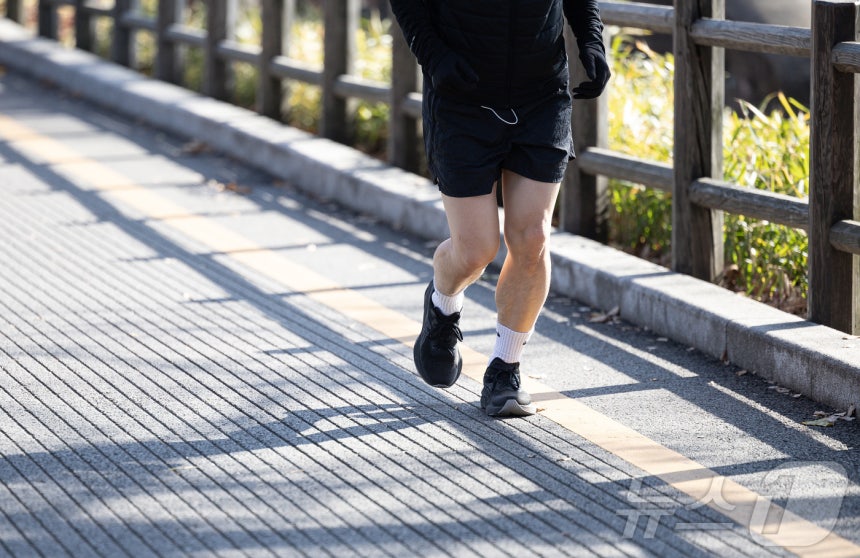Adequate preparation and cooldown exercises are crucial… Greater risk of injury with winter running, caution needed
Choosing the right running shoes is also important… They should support the foot arch and provide adequate cushioning,

A citizen running in light clothing on Namsan in Yongsan-gu, Seoul, on the 25th. November 25, 2024/News1 ⓒ News1 Lee Jae-myung,
,
, ‘(Seoul=News1) Reporter Jo Yoori = The era of 10 million runners is upon us. Running is popular because it doesn’t require expensive equipment and can be done anytime, anywhere. Despite the recent cold snap with temperatures dropping to around -10 degrees Celsius, the appeal of running remains strong.’,
,
, ‘Running can be done in any season, but extra caution is needed in winter. Cold temperatures can stiffen muscles and joints, increasing the risk of injury.’,
,
, ‘Professor Kim Hak-joon from Konkuk University Hospital’s Orthopedic Surgery Department advises, “In cold environments, thorough preparation and cooldown exercises before and after running are essential.”‘,
,
, ‘Running is effective for enhancing cardiorespiratory function, weight management, and preventing adult diseases like cardiovascular disorders. In winter, the cold air further activates cardiorespiratory functions and prevents overheating during exercise, allowing longer durations. However, suddenly increasing exercise intensity in cold temperatures can lead to injuries, requiring caution.’,
,
, ‘Professor Kim explains, “Starting exercise without adequate warm-up and stretching puts significant strain on the knees, ankles, and feet. In winter, the body gets stiff more easily, making it even more dangerous.”‘,
,
, ‘One common injury with running is knee injuries, particularly patellofemoral pain syndrome, which causes pain around the kneecap, worsening when climbing stairs or sitting. Without treatment, it can develop into osteoarthritis, so symptoms should prompt immediate medical attention.’,
,
, ‘Iliotibial band syndrome is also commonly encountered, causing pain on the outer side of the knee, often triggered by abrupt increases in exercise intensity, especially when running uphill or downhill. Severe pain may require physical or drug therapy.’,
,
, ‘If runners start feeling heel pain, plantar fasciitis may be suspected. This condition entails repeated damage to and inflammation of the plantar fascia, often exacerbated by excessive running or improper shoes.’,
,
, ‘Professor Kim stressed, “In winter, rigorous warm-up and cooldown exercises are even more crucial. Ample rest and foot stretching after workouts are essential,” adding, “Gradually increasing exercise intensity is more important than exhausting oneself from the outset.”‘,
,
, ‘Before starting exercise, it’s beneficial to raise body temperature and loosen muscles with 5-10 minutes of stretching. After exercising, a 5-minute walk or light stretching can help relax muscle tension. Adapting to temperature changes by wearing a hat and gloves or dressing in thin, layered clothing is also beneficial.’,
,
, ‘The choice of running shoes is important too. Professor Kim recommends, “Beginners should avoid highly elastic carbon-plated shoes. Instead, choose shoes that support the foot arch and provide adequate cushioning to prevent heel pain.” It is advisable to replace running shoes every 500-800 km.\n’

